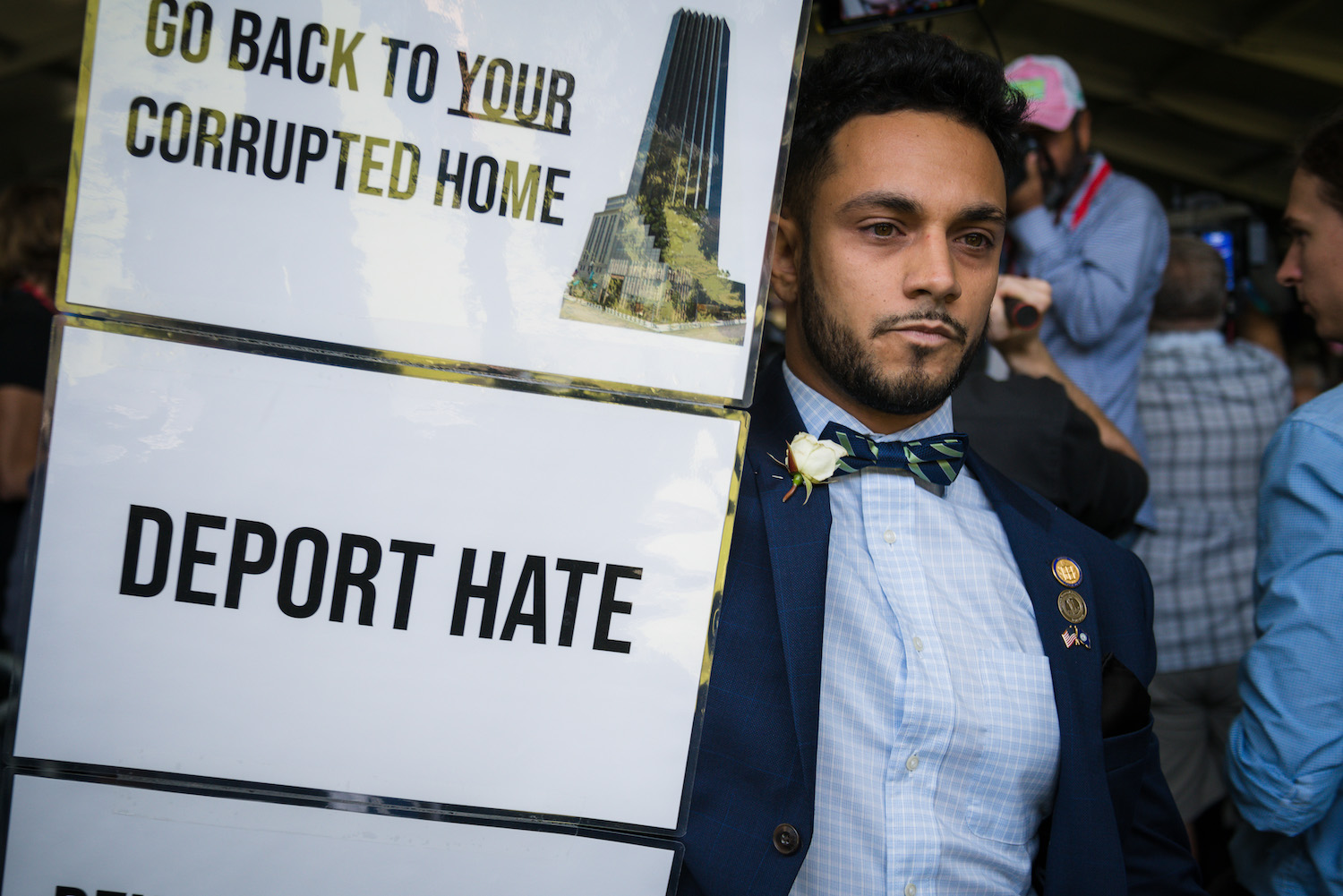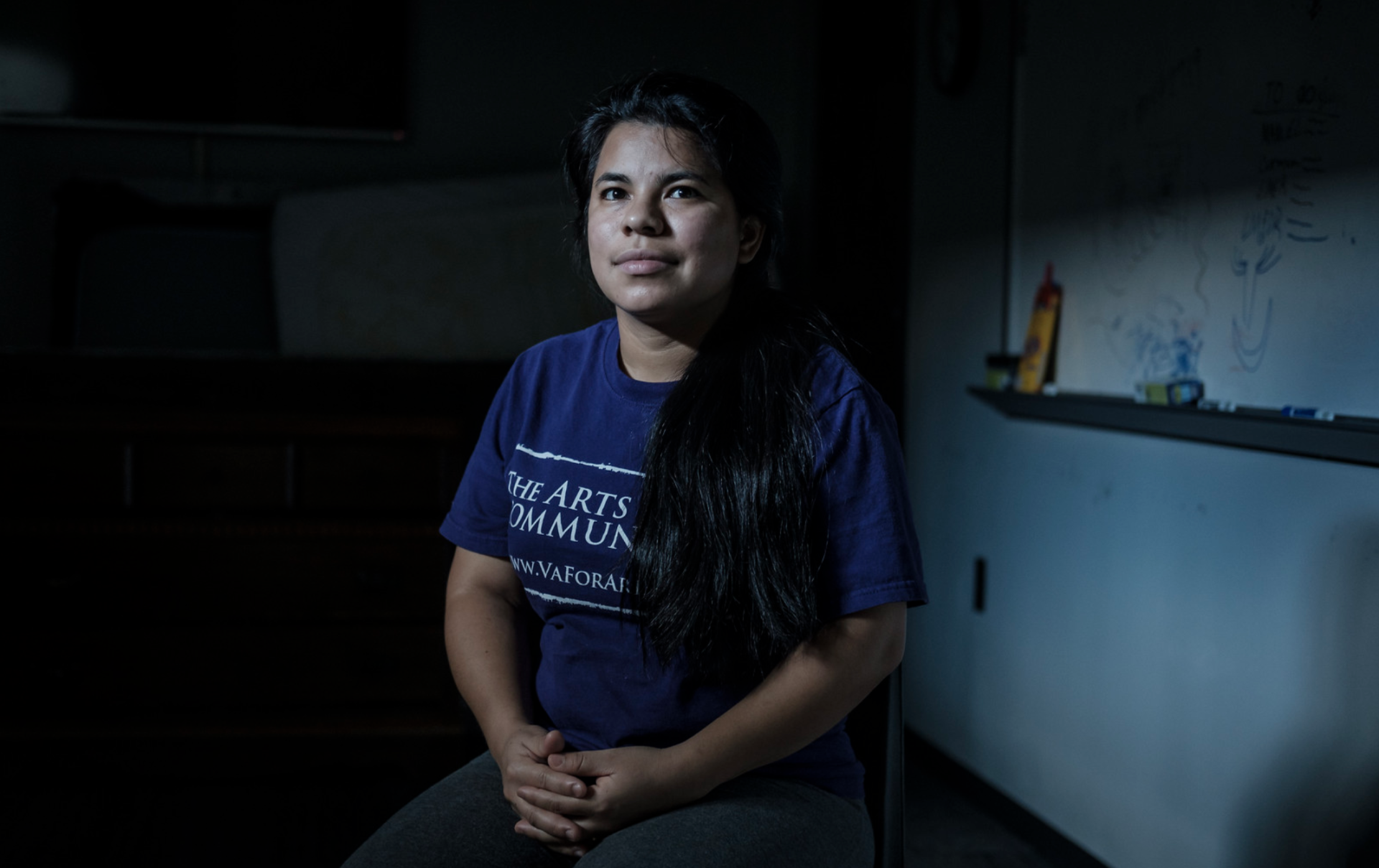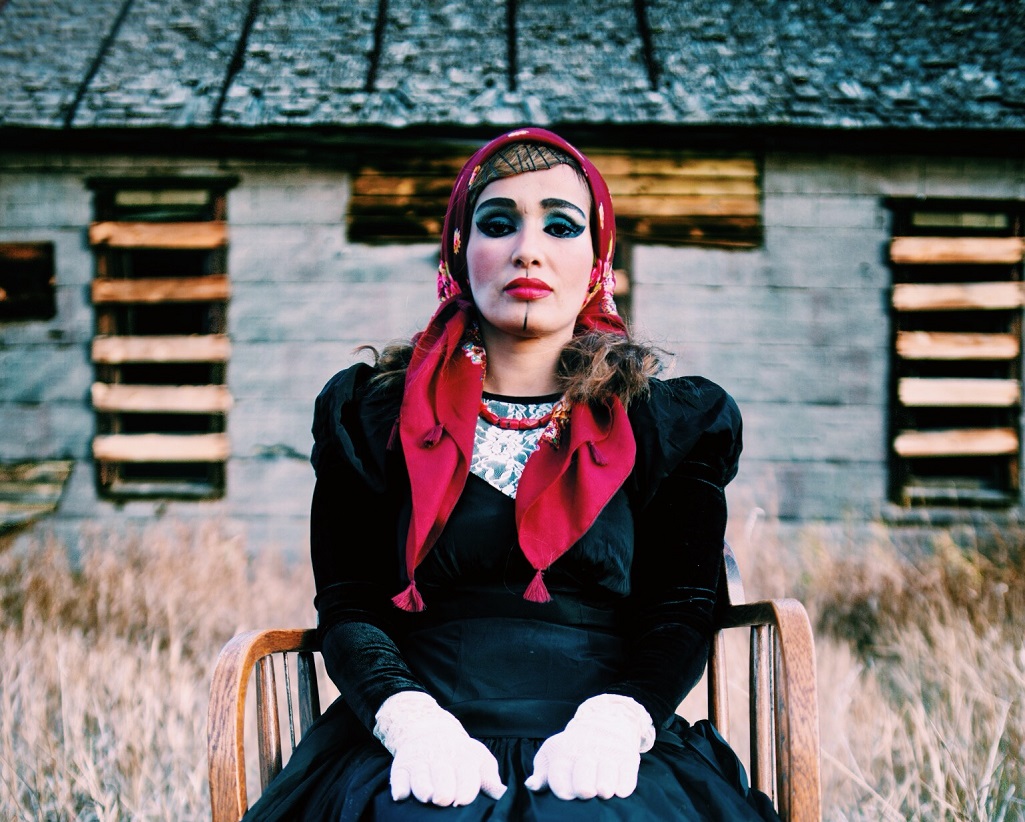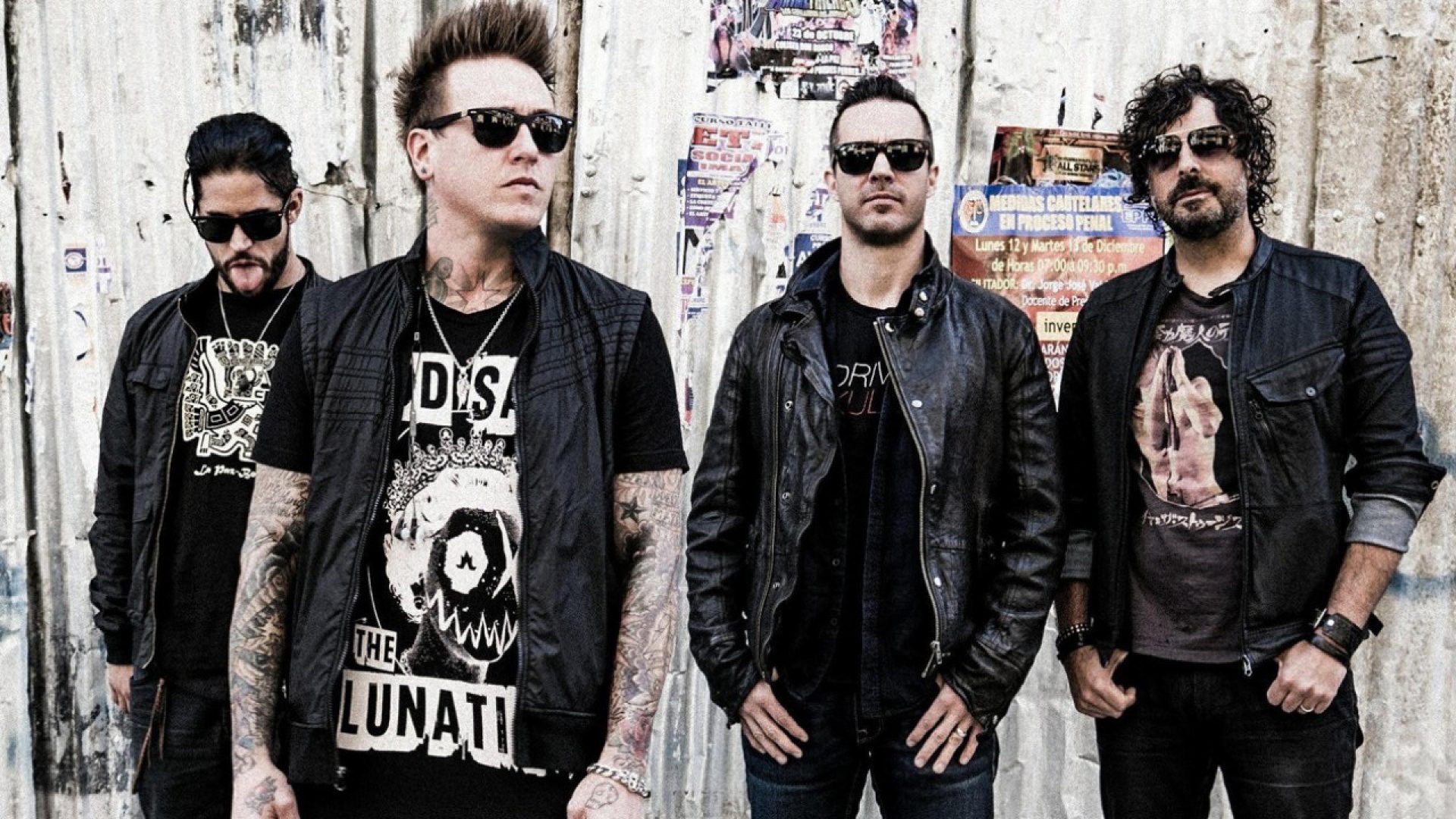We don't hide the fact that our blood runs blue over here at the magazine. So waking up this morning and scanning the headlines today has been a mixed bag but overall not the bloodbath every other media was telling us it would be. Here is a quick rundown on where we...





